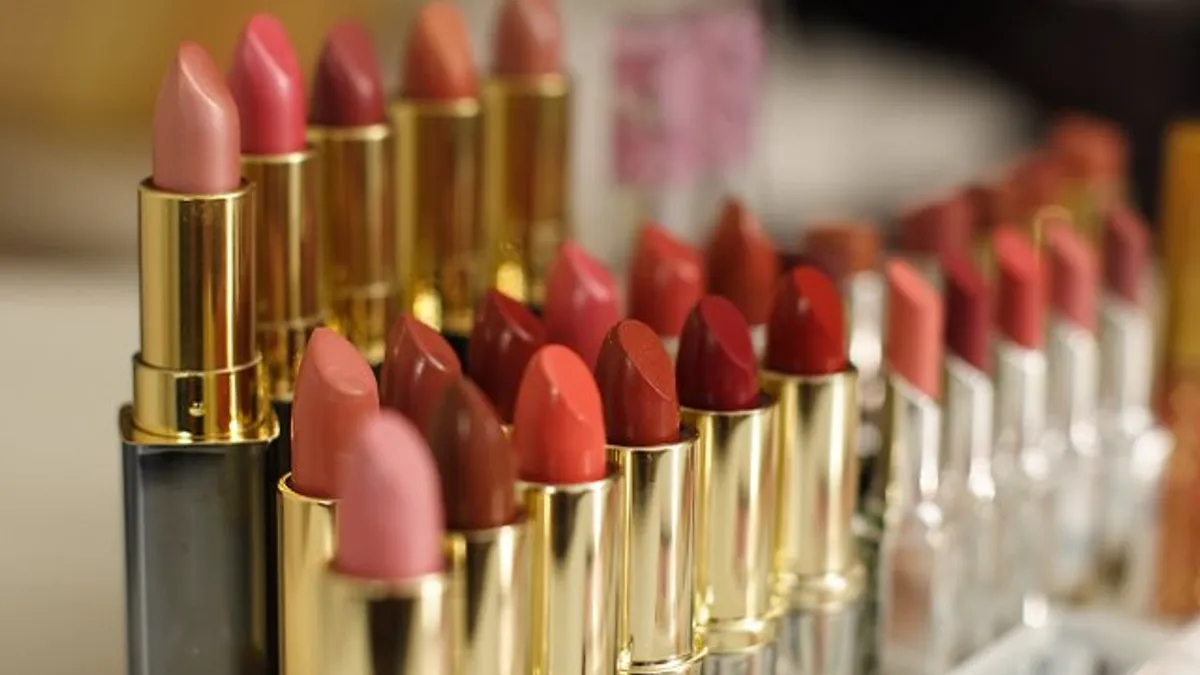Avon has been talking turnaround since at least 2013 — that was two CEOs ago.
Since then, it's been years of new strategies and shifting corporate structures (the company sold off its North America business in 2016) on the back of six straight quarters of revenue decline. Fast forward to 2019 when current CEO Jan Zijderveld (on the job since February 2018 after more than a decade at Unilever) knew he had a problem and made a promise. He would reinvigorate sales, reengage the Avon sellers crucial to the multilevel marketing (MLM) model, integrate e-commerce into the business in a productive way and simplify the entire business.
"We have become too complex and cluttered with too many SKUs and too much inventory ... Reducing the long tail will help make demand management easier, improve our service levels and above all, help simplify our business," Zijderveld said in February.
A massive inventory reduction would be the next move in a years-long gambit to move the beauty brand into a better position. Avon resolved to reduce its SKU count by 25% in one year.
First step: Diagnosis
Siloed international operations tailoring products to specific markets is one way Avon got to the point of having an overly complex supply chain. President Miguel Fernandez explained at an Investor Day Conference in June that a single market, he offered Russia as an example, had roughly 6,000 SKUs. Especially taking into account Avon's MLM model, which heavily depends on person-to-person sales, that number was unwieldy and unnecessary. Beyond sales, the excess complexity slowed down fulfillment and added manufacturing cost.
"Do we really need 6,000 SKUs?" he asked. "Or by cutting it to 4,000 or 3,000 the reps still can make money and we can 100% of the time deliver the box on time, full-box and everything?"
Avon is changing its manufacturing footprint — outsourcing more to third parties to cut loose some underutilized space. "We have assets with utilization at 20% or 30% which makes no sense to keep with the high cost of capital that we have," CFO Gustavo Arnal said at Barclays conference in September. The company sold its China efforts.
In their various appearances and earnings calls, Avon executives repeatedly described 2019 as the execution year for the company's latest multi-pronged turnaround. After all, since the plan to divest and simplify was conceived, Avon Products has a buyer. Brazil's Natura has agreed to acquire the company and the deal will close in early 2020 if all goes according to plan. As part of Natura, Avon could realize $150 million to $200 million in synergies, CFO Gustavo Arnal said at Barclays conference in September.
Second step: Prognosis
So how far has the company come? Recapturing revenue is yet to be seen (some of the bleeding has stopped but no growth has been realized) and reinvigorating the selling force and digitalizing sales are still in a building phase. But the simplification effort is well underway.
On Oct. 31, Avon executives announced the company had decreased its overall SKU count by 21% — on the way to 25% by the end of the year. Overall headcount is down 15% year-to-date. And inventory is down $43 million.
"We are becoming simpler, leaner and faster, focusing our assets and activities to ensure they are fit for the purpose more cost-competitive and able to meet the realities of our business and all with a significantly lower headcount. We had $71 million in cost savings this quarter with year-to-date savings 80% higher than last year," Zijderveld said.
And though revenue was still down 6% year-over-year in the third quarter, adjusted operating margin doubled to 6%. So some early benefit is starting to show.
"I can show you example, after example, after example that fewer SKUs makes healthy business."

Jan Zijderveld
CEO, Avon
Zijderveld was certain the company could cut SKUs without sacrificing sales — the concern that often stands in the way of efforts to streamline. Since revenue is falling in line with previous trends, it's difficult to say whether the falling SKU-count had any effect, but the CEO is confident in the strategy.
"I can show you example, after example, after example that fewer SKUs makes healthy business and easier to run business and drives growth," said Zijderveld. "It's low-hanging fruit to simplify the business to focus on the bigger SKUs," he said in February.
As just one of several major shifts to the Avon business in the works, supply chain simplification is likely not to be a panacea, but it's clearly a favorite of struggling business in 2019. Kraft Heinz, amid dwindling sales and a procurement scandal that required the company to restate years of earnings, is embarking on a SKU-by-SKU review in search of greater simplicity. Under Armour too has significantly cut SKUs since starting a strategy of simplification last year and is now seeing great benefit to gross margins.
This story was first published in our weekly newsletter, Supply Chain Dive: Operations. Sign up here.






















